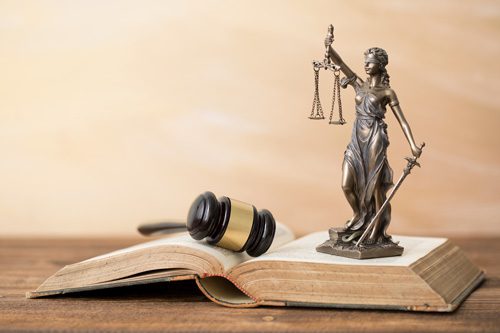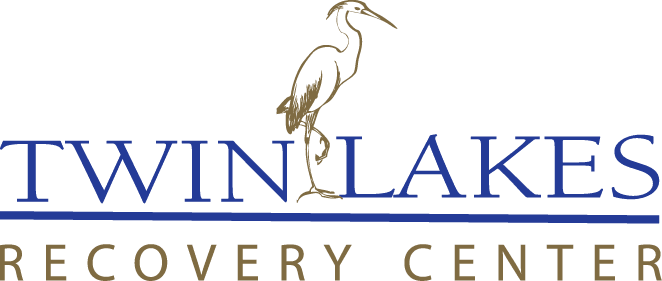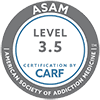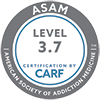 In Georgia, reports of opioid and heroin overdose deaths continue at rates higher than the national average.
In Georgia, reports of opioid and heroin overdose deaths continue at rates higher than the national average.
In 2015, the most recent statistics collected indicated 29 counties in Georgia had more opioid-related overdoses than the rest of America. Of the more than 1,300 drug overdose (OD) deaths in the state, nearly 70 percent were the result of prescription opioids and heroin. In just 15 years, OD deaths tripled in Georgia.
Recommended Action by the Georgia Prevention Project
The Georgia Prevention Project is a statewide awareness program that evolved from the Georgia Meth Project (GMP), established in 2010. Then, methamphetamine (meth) was an epidemic throughout the state and other areas of the U.S. The coalition aimed to reduce use with a targeted prevention awareness campaign for teens and young adults.
In many ways, the effort was successful. Reports indicate that now more than 85 percent of teens greatly disapprove of using meth, believing it to be dangerous to try just once. Nearly 80 percent said the anti-meth use ads issued by the GMP made them “less likely to try or use meth.”
Unfortunately, as recently as February 2018, the U.S. Drug Enforcement Administration is still struggling in Atlanta and other major Georgia cities to reduce the infiltration of meth labs and Mexican drug cartels.
Nevertheless, the Georgia Prevention Project is using similar awareness prevention methods regarding the current prescription drug and other illicit opiates crisis. Another division, the Substance Abuse Research Alliance (SARA), discovered abuse of prescription opiates and heroin is highest in predominantly rural counties with “limited access to substance use disorder treatment and/or medication-assisted treatment.”
SARA developed a graduated action plan designed to:
- Increase funding for prevention programs. In 2010, Georgia legislature “significantly reduced funding” for substance misuse programs. SATA recommends a greater focus on prescription drug education programs aimed at informing parents, young adults, and teens.
- Improve disorder treatment. This includes more facilities, medically-managed detoxification, behavioral therapy, recovery support services, and support for people with family members in recovery.
- Increase accessibility of naloxone. This is an opioid antidote. It’s used by first responders, parents, and educators to immediately reverse the effects of opiates in someone experiencing a potential overdose.
Using Naloxone to Prevent Overdoses
According to the National Institute on Drug Abuse, the medication naloxone works as an antagonist to opiates. This means it chemically binds to the illicit drugs to reverse and block their effects. It helps quickly restore proper respiratory function in someone who may be experiencing an overdose due to prescription pain medication, heroin, or other opiates.
The Food and Drug Administration approved three formulations of naloxone:
- Injectable: This treatment requires vials of medication and needle insertion. It’s to be used only by trained professional first responders. Many generic brands are used.
- Auto-injectable: This treatment is a pre-filled device that may be administered by first responders and family members. It is often known by the brand name EVZIO.
- Pre-packaged nasal spray: This treatment is a nasal spray, and ready for use by first responders, family members, educators, or anyone else administering aid in emergency overdose situations. It is primarily known by the brand name Narcan.
Opiate overdose victims who receive naloxone in a timely manner are more likely to survive and less likely to experience long-term tissue or brain damage. The various forms of medication are often issued in packs of two in case another dose needs to be administered right away.
Unfortunately, even a second dosage may not be enough to save someone’s life, especially if too much time passes between overdose symptoms and medical attention.
Georgia’s Naloxone and Overdose Laws
In April 2017, Georgia Governor Nathan Deal signed into law Bill 121, increasing accessibility of naloxone and in particular Narcan to residents at their local pharmacies. While it’s not available at all pharmacies yet, it’s one of the many measures designed to curb the opioid epidemic.
It’s also important to note that Georgia’s 911 Medical Amnesty Law along with the state’s Medical Amnesty Law protects people needing and administering medical assistance for alcohol or drug overdoses. These laws offer:
- Protection for individuals who call 911 needing help for themselves or others in overdose crisis. The caller or victim can’t be arrested, charged, or prosecuted for small amount possession of drugs and drug paraphernalia or alcohol, if this evidence is obtained during the course of receiving emergency medical attention. The Georgia Overdose Prevention program reinforces this lawful protection through the “Don’t Run—Call 911!” awareness campaign.
- Protection for physicians, first responders, pharmacists, pain clinic managers, and other people from professional, civil, and criminal liability when they prescribe or administer naloxone in good faith. These individuals have amnesty as long as they acted within an “applicable standard of care” if someone needs naloxone to prevent a friend or loved one from overdosing or if a crisis situation requires immediate medical application of Narcan or other forms of naloxone.
Twin Lakes Can Help
If you or someone you love struggles with opiates, our staff is ready to help provide access to long-term recovery, free from dependence on addictive chemicals and destructive behaviors.



